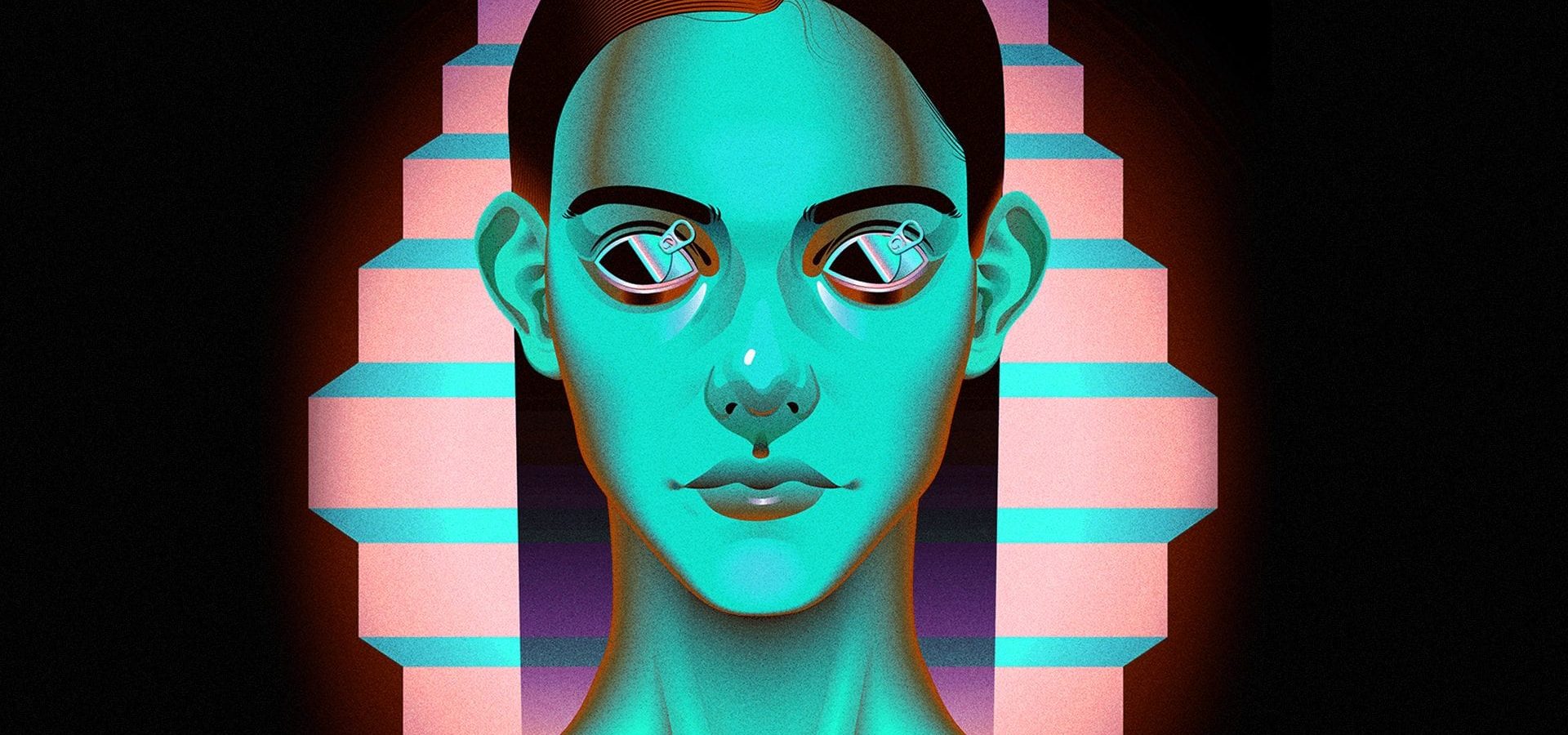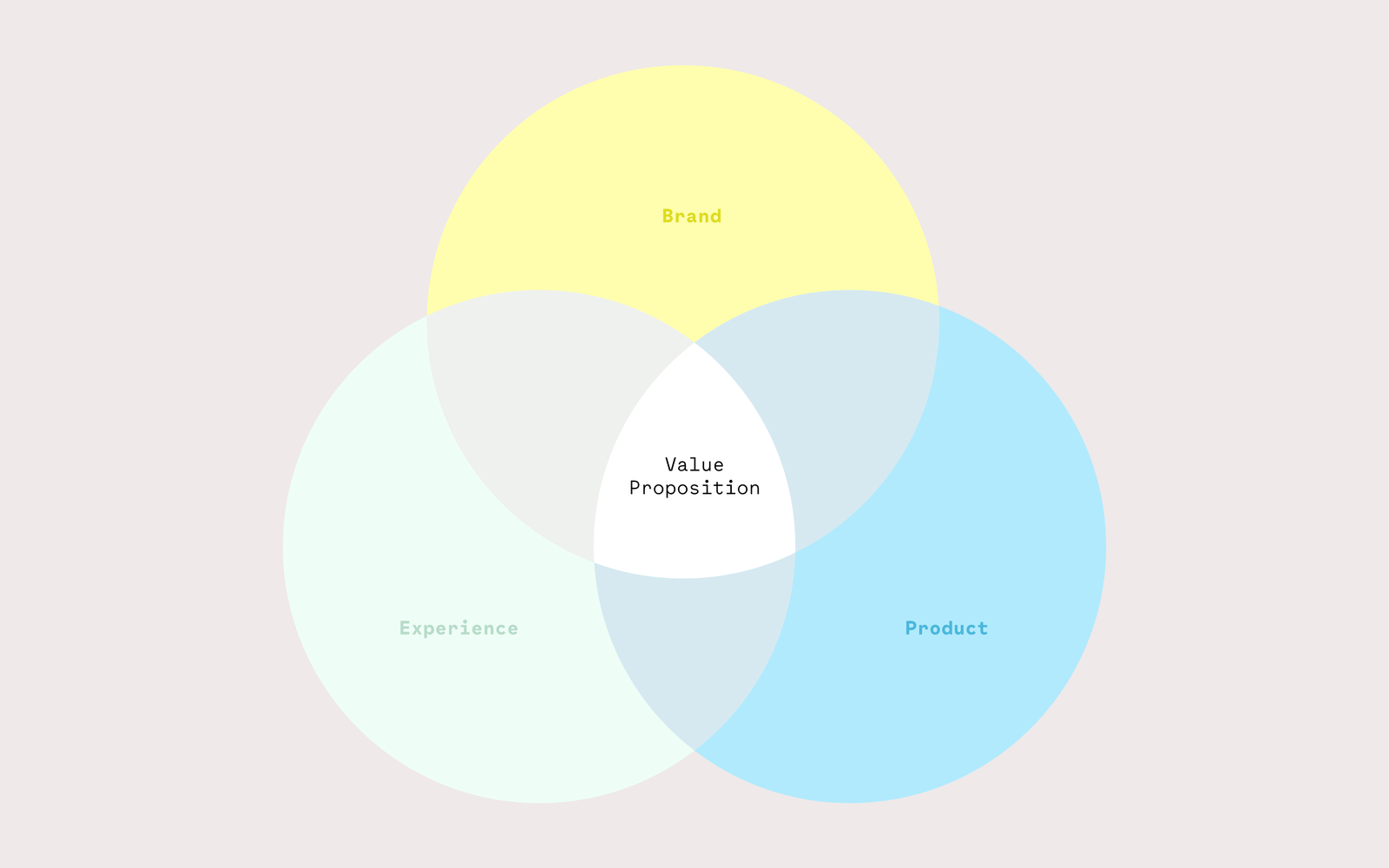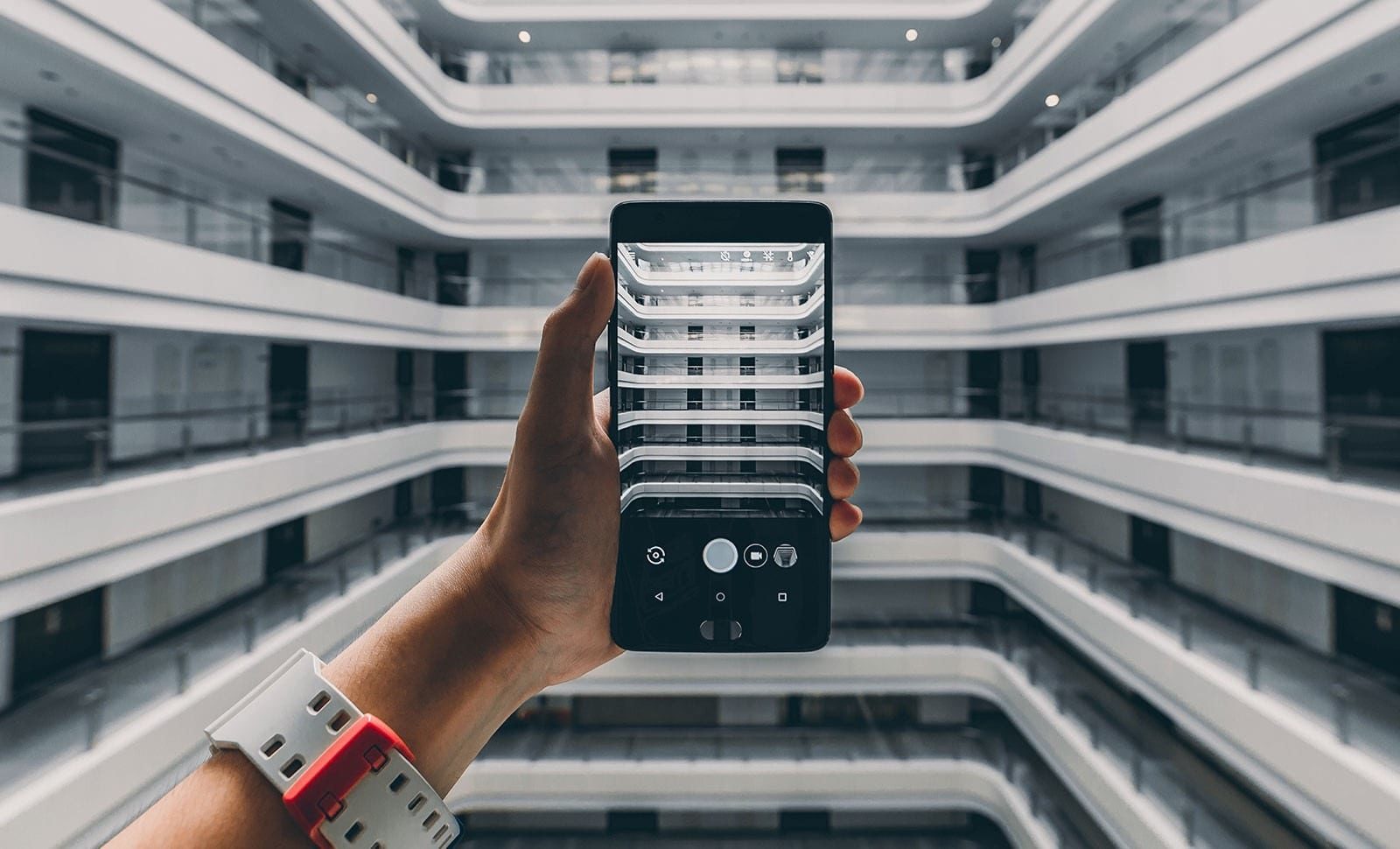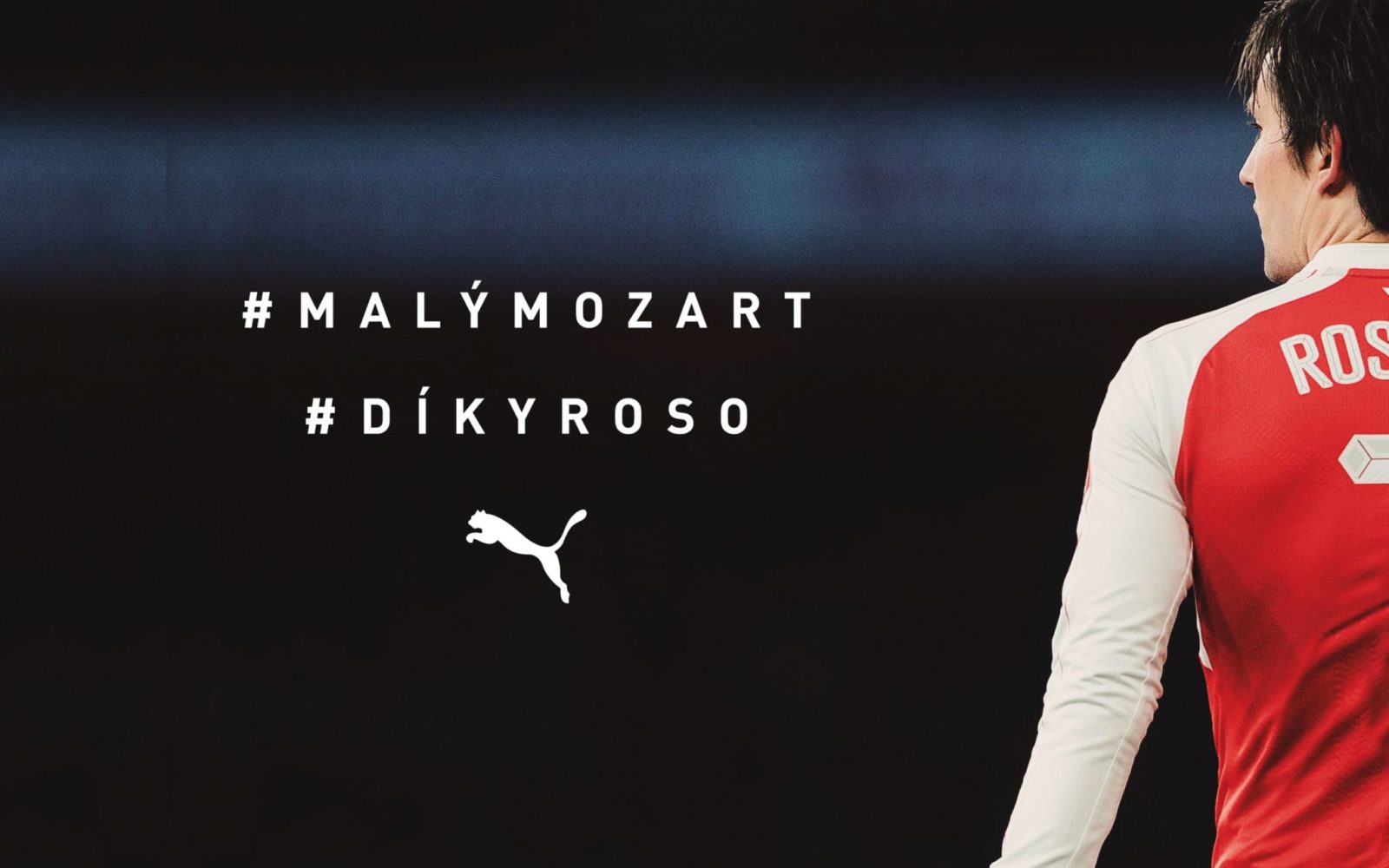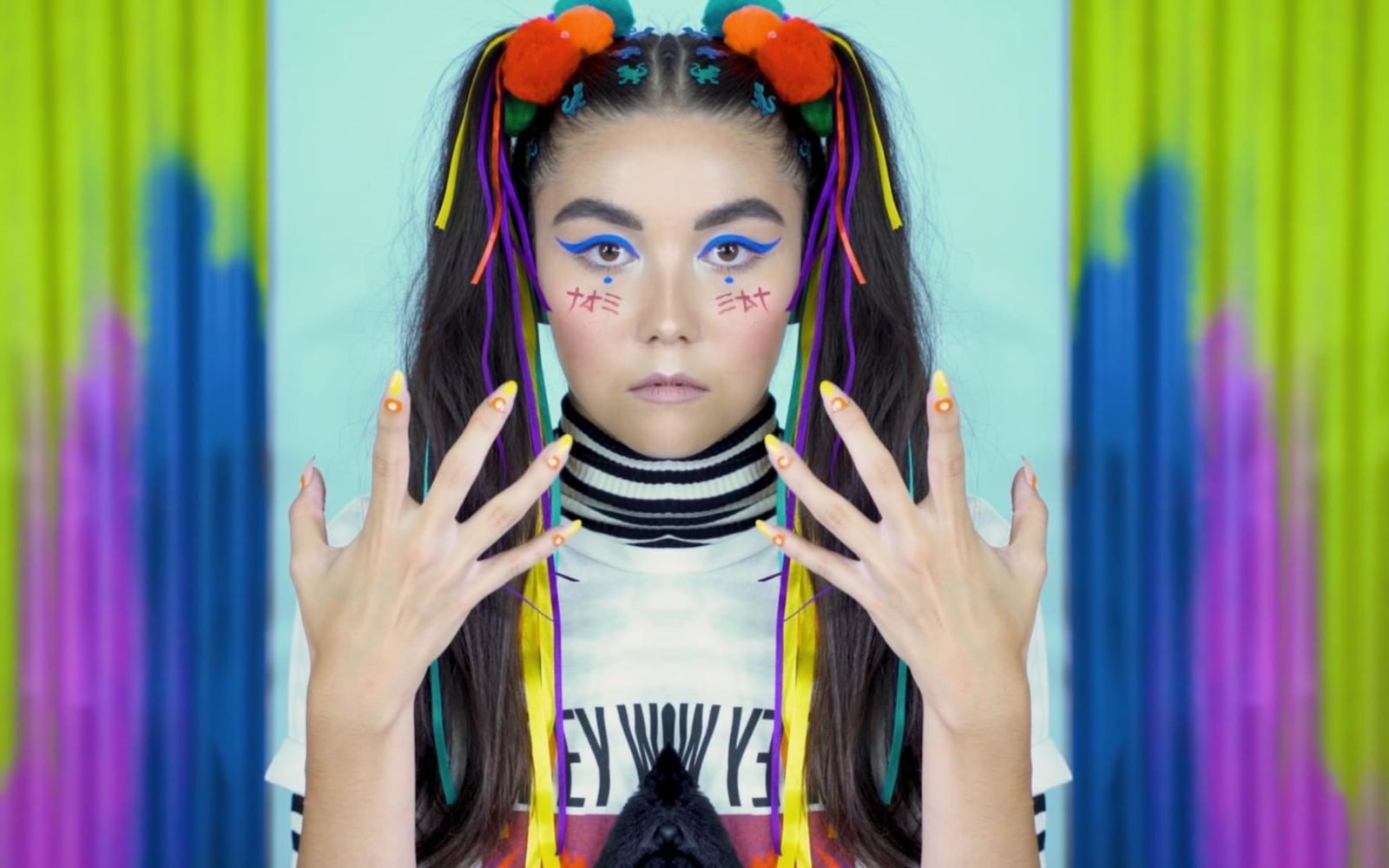A lot of people are trying to predict what the future will look like. What can shape the future of branding and how is best to navigate your brand? To gain a deeper insight into these factors, I’ve gathered a few predictions and interviewed Flavia Anghel, the founder of Brandium Inc. and the Editor-in-Chief of Brandingmag and Branding.news about her thoughts and opinions.
I’ll share thoughts from leaders in our industry to showcase some key possibilities that brands have nowadays.
AI and branding
Artificial Intelligence (or AI) is in very simple terms: a computer program or software that develops the ability to reason by analyzing data patterns in the form of text, image, voice, and video. Thanks to cloud computing, and more sophisticated neural networks, we’ve seen a lot of hype surrounding AI last year. Either you’ve recognized yourself as a technology optimist, dreaming about how easy life will be with the full support of almighty AI, or you’ve been experiencing headaches and fear from the possibility that robots will take over your job.
The fact is: a lot of our time is spent solving problems that could easily be automated by a robot with artificial intelligence. As Flavia puts it in our interview:
All of the sudden I have time to be more creative and more strategic. To spend more of my time understanding my company so I’ll be able to make better decisions — alongside the AI that I have, not despite it. AI will give us more time to create and to solve problems that really matter.
So instead of fearing for the end of our days, let’s take a look at what possibilities AI can offer us. Google and Facebook are no strangers to the AI technology. Google has its DeepMind and AI-driven products, such as Google Clips, which are very good examples of how to scale AI into daily life. At Facebook, AI is everywhere too, as its product designer puts it.
Be more consistent thanks to AI
What really excites me, is how AI technology fits into the process of developing a brand. With the rise of inbound marketing and omnichannel, keeping communication consistent is becoming more and more difficult.
Imagine: Creating a brand’s message with artificial intelligence.
What would the process look like?
To make this a reality, you simply “feed” the AI with all the information and data, and develop scripts and guidelines that fit into your brands’ tone of voice. This will work like a filter for the style you use. Next, create writing for your brand by adding some machine-learning neural-magic… And ta-daa. There’s your on-brand writing. Sure, each outcome will need a tweak here and there, but this technology gets even smarter over time. Sounds good, right?
Stuart Youngs, Creative Director from Texture, is already trying to harness something similar into their process.
Bots, Communication and Audio experiences
Winston Binch, Chief Digital Officer for Deutsch North America says:
Most people are working on bots right now. Bots are conversational interfaces, but the Internet of Things area around voice is where we’re seeing an explosion of new ideas.
We are going to be much less reliant on laptops and keyboards for search.
Voice is the new frontier, virtual assistants such as Google Assistant, Apple’s Siri, Microsoft’s Cortana, and Amazon Alexa are proving it. Customers have needs and these companies are listening to them.
Most of you have probably experienced at least one command-based conversation with one of these assistants. Experiences with them are still not overly engaging, you might even have felt frustrated. Siri is a prime example of this.
Which would you like to have a conversation with? A listening, open and opinionated person or with nodding one, without any interest in anything? Following this example, it’s obvious that to generate conversations with people (or customers, if we’re talking about brands), we have to include a personality.
Personality has a similar positive impact when introduced into a brand. Lucas Watson introduced this new concept of brand humanity. He brought up the Myers-Briggs personality test and started applying that logic to the brands themselves. Why? To achieve real engagement, brands have to become less brands and more humans. Brands, just like us, have to stand for something. Are you perceived as entertaining, knowledgeable or both? Find a personality for your brand — and your bot.
The power of aspiration
Since being thrown into a current global mess and bombarded with oversharing on social media, there’s no surprise that Gen Z’ers and millennials are seeking uniqueness and personalization everywhere.
“Brands have recognized that and through curating new levels of dialogue, without an obvious sales undertone, are winning legions of fans”, as Sophie Maxwell writes.
Brands take on the role of social influencer, educator, and campaigner. It’s not only about the social media game, though. It’s the strategy to become perceived as a lifestyle, to become an aspirational brand. Brands like “The Row” or the “Glossier”, are sharing photos from their fans as well as random memes, and The Row is curating paintings and artworks. What makes me click on their posts? First of all, I don’t always recognize that these posts were from brands’ profiles, they have a personable tone of voice and share well-curated content that feels exclusive and inspirational.
Brand tribes and communities are nothing new, though. Just look at Nike or Apple. These brands mastered their posts a long time ago. A way to engage your community further is to create events or festivals. The world might be digital, but real life experiences are those that we still value the most.
What next?
Technology is advancing so fast that most businesses are constantly falling behind the curve. We’re living in what Thomas Friedman calls the “era of accelerations”.
From a brand perspective, we have to start thinking about brands not as these “objects” but more as “humans” — entities that you interact with and have conversations with. And that’s not only because technology, such as AI-driven customer engagement , allows brands to do this:
”They’re in a position of huge influence. Much larger than you and I can have. Brands can make changes in our society — those you and I wish to do but are limited in our capacities. That’s also the place where responsibility comes from. And brands’ responsibility is only going to become exponentially larger as the times will progress.” says Flavia.
Should I even bother with these innovations?
Well, yes and no. “It depends”, as I love to say. The basic rule with brands and implementing innovations is: You’ve got to start with purpose.
Why your brand? Why this product? How do we translate purpose into a brand personality that is going to manifest itself through an experience? It’s your strategy which should dictate your moves in this advancing environment.
As with any technology or innovation — there’s no one size fits all rule. As Binch comments: “Now is the time for brands to really start experimenting because this is going to move fast.”
Sceptic’s view
There’s no doubt about the power and influence position right now. But these technologies also reveal how vulnerable brands are. For example, voice gatekeepers enter the game. How would you ask Alexa for your groceries? “Hey, Alexa, get me Blue diamond natural Almond breeze milk.” Or just “Hey, Alexa, get me some almond milk.” Will customers ask for brands at all?
I’ll share more thoughts in my next article, together with themes like brands and blockchain, sharing economy and, well — more AI.
